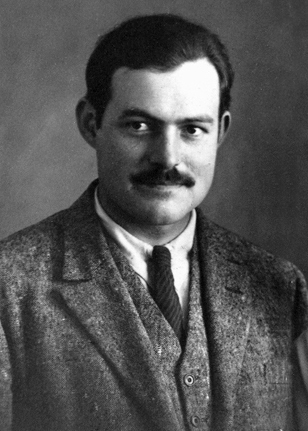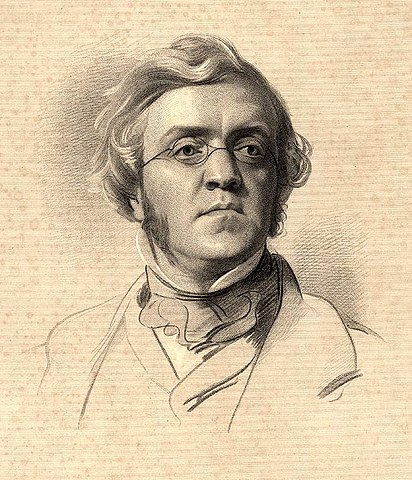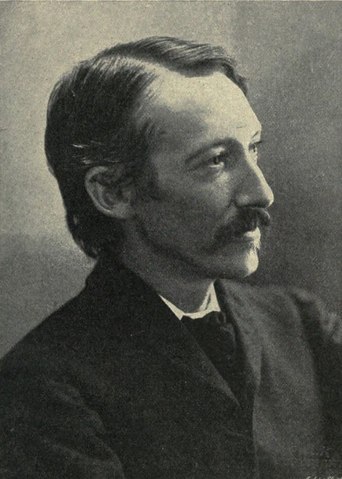It should go without saying that Ernest Hemingway is an extremely important writer to literary history. For example, his novel The Old Man and the Sea is an important book for a few reasons. First, it shows a modernist at the top of his game with robust prose and a deeply thematic story. It is also just as fine an example of modernist literature as one can find. In this way, Hemingway is a fixture in literary discussion. Not only is he one of the most important writers to come out of the early 1900s, but perhaps he’s one of the most influential and important writers in American history. Yet, the life of Ernest Hemingway was a difficult one, rife in ware, trauma, and death.
Hemingway: A Biography of a Modernist
Early Life, Journalism, and World War I
Ernest Hemingway was born in 1899 in Oak Park, Illinois. In his early life, Hemingway would learn to fish and hunt in Northern Michigan, which would inform his storytelling interests later in life. He was a sportswriter in High School, writing for the school newspaper Trapeze and Tabula, and later worked for The Kansas City Star. One could certainly argue that journalism contributed to his realistic approach to writing. He enlisted in the army in 1918 to fight in World War I. There, he served as an ambulance driver in the Italian Army. Through the course of duty, he earned the Italian Silver Medal of Bravery and a few battle wounds.
Hemingway and The Lost Generation
After the war, he worked at the Toronto Star and eventually moved to Paris with his first wife and worked as a foreign correspondent. In Europe, he met Gertrude Stein and became to frequent her artists boutique. As such, he became a member of “The Lost Generation,” which was a group of disenfranchised artists impacted by the Great War. It was there with Gertrude Stein that Hemingway met a plethora of famous artists, including F. Scott Fitzgerald, Ezra Pound, Pablo Picasso, and James Joyce.
Hemingway’s Publishing Career
While in the throes of modernist debate, Hemingway published The Sun Also Rises and A Farewell to Arms, which more or less cemented him as an important writer in literature history. Inspiration for these great works were his adventurous spirit and real-life experiences. He also wrote realistic, albeit dramatic, short stories, such as Hills Like White Elephants and The Three Day Blow.
In Farewell to Arms, Hemingway showcases his style, which is often referred to as muscular or robust prose.
In the jolt of my head I heard somebody crying. I thought somebody was screaming. I tried to move but I could not move … I pulled and twisted and got my legs loose finally and turned around and touched him. It was Passini and when I touched him he screamed. His legs were toward me and I saw in the dark and the light that they were both smashed above the knee. One leg was gone and the other was held by tendons and part of the trouser and the stump twitched and jerked as though it were not connected.
Ernest Hemingway
A Farewell to Arms
Hemingway’s Later Life and Death
Toward the end of his career, Hemingway won the Pulitzer with the publication of The Old Man and the Sea. He also won the Nobel Prize in Literature for his literary contributions. On July 2, 1961, after a battle with mental health issues that included paranoia and depression, Hemingway killed himself. In examining the life of Ernest Hemingway, one can see that he contributed a great deal to the writing craft. He also left a lasting style that is emulated and utilized even into the 21st century.
Hemingway’s Other Works
- In Our Time (1926)
- The Sun Also Rises (1927)
- A Farewell to Arms (1929)
- To Have and Have Not (1937)
- For Whom the Bell Tolls (1940)
- The Old Man and the Sea (1951)
Discover more from The Writing Post
Subscribe to get the latest posts sent to your email.



